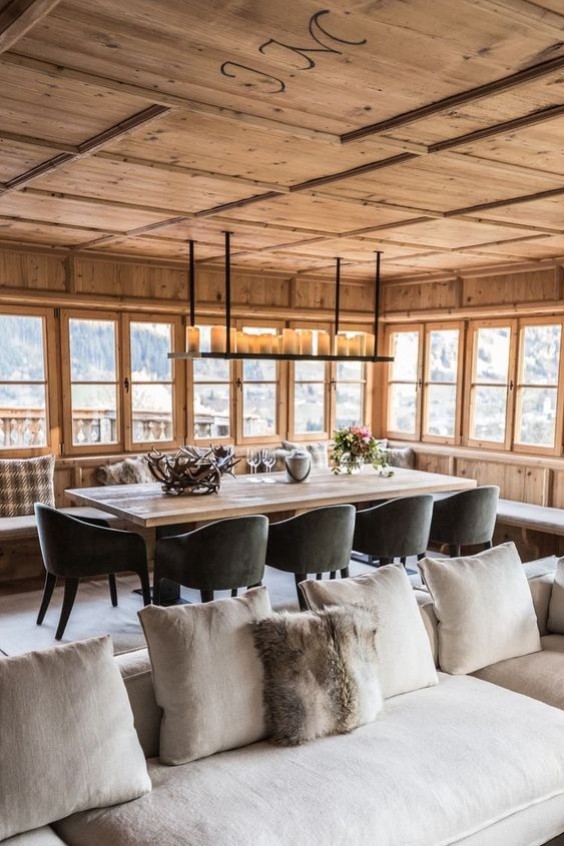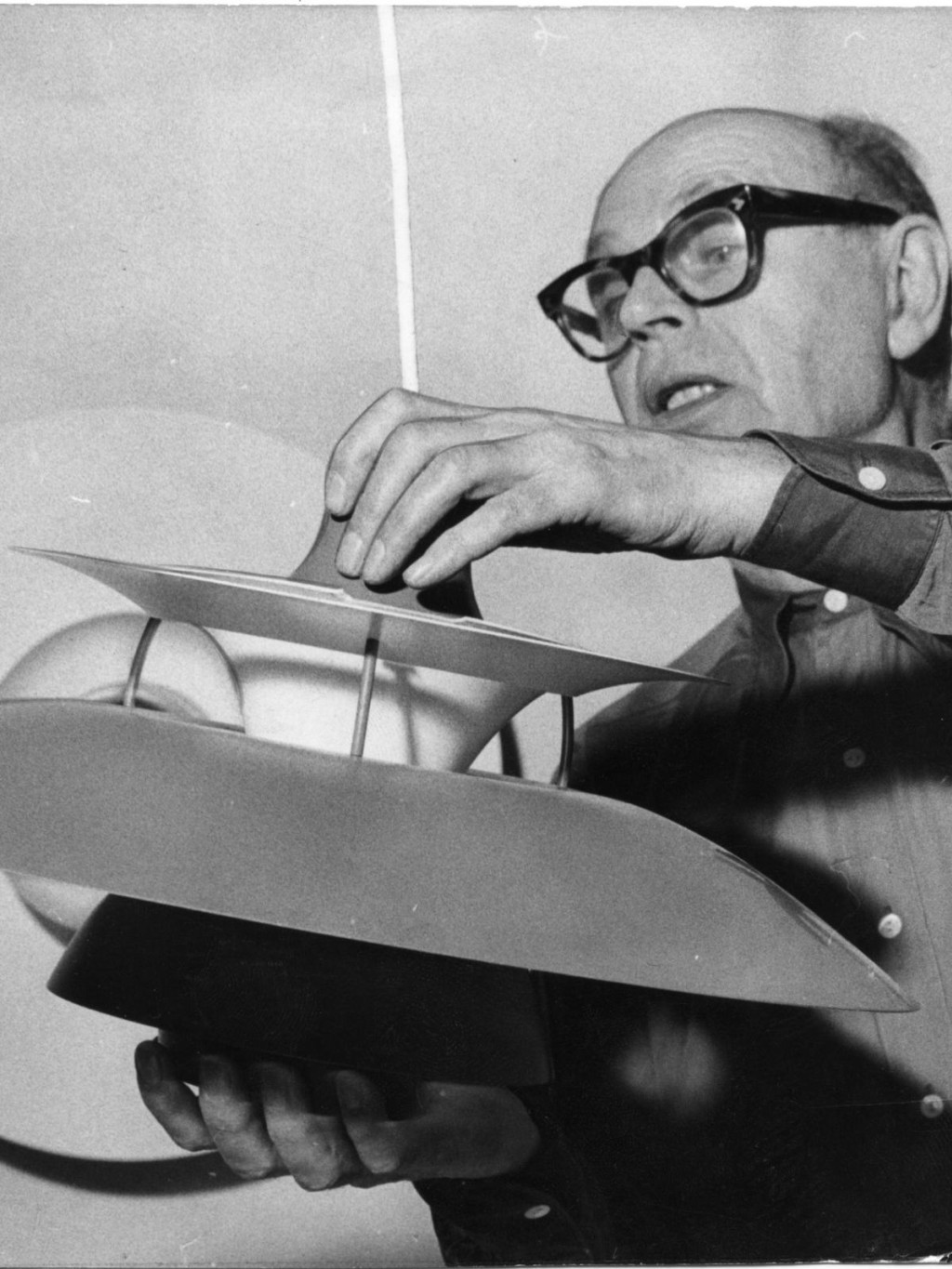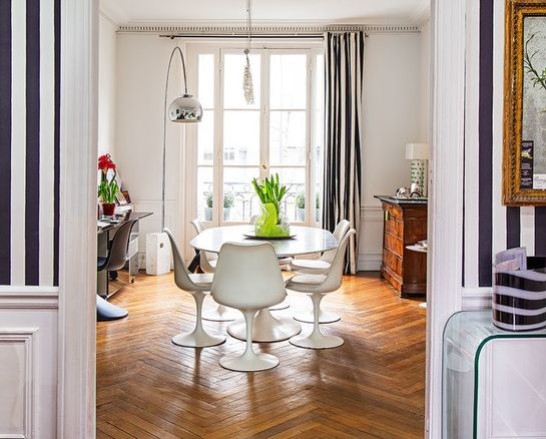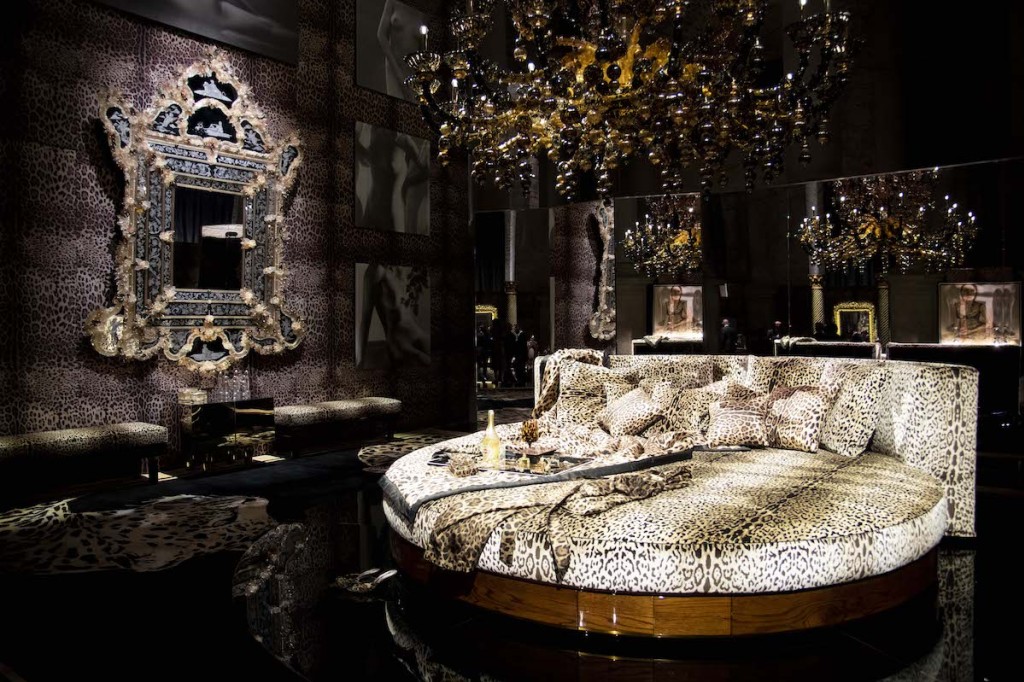In 1973, Lyon-based designer Michel DUCAROY created the TOGO sofa for furniture publisher Ligne Roset. 50 years later, this baba-cool looking seat is still as fascinating as ever. While some furniture from the 70's seems totally has-been today, the TOGO retains an intense power of attraction. Unlike some iconic pieces of vintage design, the TOGO has been a huge commercial success, and still is today: over a million pieces sold in nearly 72 countries! A worldwide best-seller. So we wondered why this seat still seduces so much, revisiting in passing Michel DUCAROY's fruitful collaboration with the publisher from the Ain.
A look and a silhouette that does not go unnoticed. The TOGO sofa, designed by Michel Ducaroy (1925-2009), looks like a cushioned seat that instinctively makes you want to wallow in it or settle in comfortably, depending on your mood. It was in 1973, at the Salon des Arts Ménagers, that furniture manufacturer Roset, which launched the Ligne Roset brand the same year, presented Michel Ducaroy's latest creation.

©yumpu

©ligne-roset
The opinions about the TOGO are very divided: either we adhere to this new casual design, or we find that the Togo folds are definitely messy! It is perhaps moreover its pleated appearance, even crumpled will say the grumpy ones, which makes of him a singular element of decoration. Still, the unusual seat presented by Roset wins the René Gabriel prize, the professionals recognizing an innovative approach and style.
For its time, the TOGO is a shocker. First of all, its structure: without frames, at ground level. Its appearance: very soft, using the new materials of the time. It is entirely stuffed with a thick and robust polyester foam of 3 different densities (2 polyether foams, 1 high resilience polyurethane foam), covered with a quilted and padded cover. And that's it!
Certainly, the TOGO surprises with an apparent casualness, but it follows the expression of a French and global design that is less and less classical and conventional, in a less corseted post-Sixties France. Already, in 1968, Michel DUCAROY signed for Roset the foam armchair Adria, directly placed on the ground. Let's not forget the context either: another contemporary of Michel DUCAROY, Pierre PAULIN (1927-2009), responded in 1971 to the request of the Pompidou couple to furnish 3 rooms of the private apartments of the Elysée, and brought a funny pumpkin to the living room: modernity in power!

©ligne-roset

©thegoodolddayz

Innovative and singular at the time, what makes the TOGO such a popular vintage design icon? We can think of several reasons. The 1rst has to do with the inventiveness of the publisher Ligne Roset, which offers nearly 900 different colors of the seat, in different materials: fabric, leather, velvet, plain or printed suede. The sofa is entirely removable, so you can change the covering at will to give it a new look according to your desires.
Another argument: the TOGO is available in several versions and formats: as a single seat, a bench (small or large), a footstool or even a lounge chair. It is thus possible to change its layout endlessly and to compose a mix of several TOGO in its living room. It is a seat that remains very comfortable over time, and its timeless shape is immediately recognizable. Finally, the TOGO makes you dream, because it refers to a carefree and joyful time. Some people thus recall with nostalgia the offbeat advertisements designed by Ligne Roset to promote it.

©maisonapart

©maisonapart

©maisonapart

©ligne-roset

©docplayer

©artediem-morlaix

©cdeco
Despite the success of TOGO, Michel Ducaroy would remain loyal to Ligne Roset throughout his career. Born in 1925 in Lyon, he grew up in a family of industrialists, creators and manufacturers of contemporary furniture in Lyon, the Chaleyssin house. A graduate of the École nationale supérieure des beaux-arts (sculpture section), Michel Ducaroy began his career there, before joining the Roset chair manufacturer in Briord in the Ain region in 1954. Ducaroy will lead the design department of Roset for 26 years.

©lejournaldelamaison
Who is Roset then? Roset was a family business founded in 1860 by Antoine ROSET (1841-1893), great-grandfather of the current directors, Pierre and Michel Roset. He started a small parasol cane factory and developed his business. At the end of the century, Antoine Roset changes his activity, because the fashion is no longer for parasols. The company designed wooden chair legs and bars, before quickly moving on to the manufacture of complete chairs. In 1936, Roset began to manufacture upholstered chairs, mainly in leather. In the aftermath of the war, Roset had nearly 50 employees and expanded into the contract furniture industry. It was Jean Roset who, in the early 1970s, reoriented the business towards private individuals, and started collaborations with designers, including Michel Ducaroy.
The collaboration between Michel Ducaroy and Roset is not limited to TOGO alone. The designer from Lyon will sign for the Rhone-Alpes publisher other seats in the same vein as the TOGO or Adria models. For the anecdote, you should know that the creations of Michel DUCAROY have entered the popular imagery: the sofa model Kali drawn by Michel Ducaroy in 1970 is used as a decor for the conversations held by the characters of the comic strip Les Frustrés (1975-1980), drawn by Claire Bretécher.



©vntg

©thegoodolddayz


The house of Roset continues today with its 2 brands: Ligne Roset and Cinna, which was created in 1975 and is intended to be younger and more creative. Roset continues to collaborate with contemporary design talents: Didier Gomez, Ronan Erwan Bouroullec, Inga Sempé, or Jean-Charles de Castelbajac. But there is no doubt that TOGO, synonymous with freedom and innovation, has deeply marked the DNA of the house.

©ligne-roset
François Boutard





